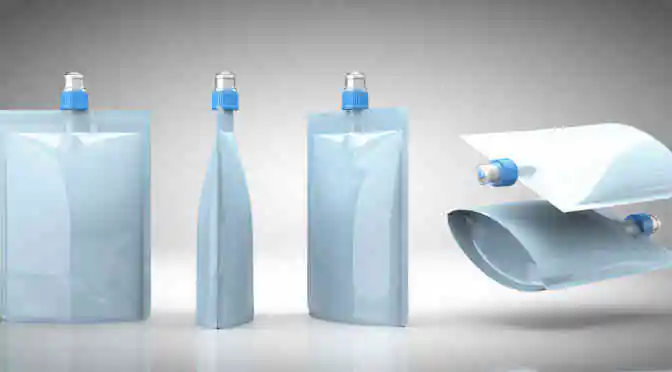In a recent, high profile industry survey, 80% of the brand owners agreed that packaging has a major impact on brand value. Packaging has traditionally been a crucial differentiator, a medium to impress and drive home the ‘customer first’ sentiment. In 2018, the discipline of flexible packaging has emerged as an indispensable resource, especially in a quality intensive environment like the food and beverages industry.
Flexible packaging is big business. A benchmark 2015 market research estimated that the market for converted flexible packaging will be worth USD 20.7 billion in the US by 2019. In the food and beverages industry, where packaging has always presented a risk proposition, flexible food packaging affords a simpler, lighter, durable and eco-friendly alternative to the traditional packaging options.
But wait, there’s more. Flexible packaging is winning widespread approval for its versatility and adaptability, especially where the product demands its packaging to do more than just contain it.
Greater product life, environmental consciousness and ad friendliness
While it is debatable that food and beverages that are contained in flexible packaging are rendered more ‘attractive’ to customers, their aesthetic appeal and functional superiority cannot be questioned. Especially such products as ready-to-eat foods and snacks, alongside ready-to-drink cocktails, juices and other beverages, benefit immensely from packaging solutions that are mobile, cost effective and lasting.
Then comes the idea of customer perception. Today, consumers aren’t just content with picking a product off the shelf- they demand to know how the product was produced and deposited in the aforementioned shelf. Green is in, and flexible food packaging materials, with its low production requirements in terms of water, energy and raw products, produces less waste that gets shoved in landfills. Additionally, light-weight flexible food packaging results in less transportation related fuel and energy consumption, that usually contributes to environmental pollution.
And finally, the promotional value. An increasing number of manufacturers are figuring out that the metallized packaging material affords an opaque printing surface that could be put to good informational and promotional use. Traditional packaging, especially those involving hard plastics, aren’t conducive to the printing of brand and product details on them. Meanwhile, impressively compiled designs and facades on flexible food packaging are helping food and beverage brands stand out and be noticed by the paying customer. Thus, opening up a whole new war-front for the flexible packaging market.
Wrapping it up: Adoption of flexible packaging is a sound business investment
In the food and beverages industry, where freshness of the product and its aesthetic presentation serve as crucial USPs, flexible packaging offers the best of both worlds. The latter makes thousands of food and beverages products safer, convenient and enjoyable for the consumers, while ensuring that they are easy and cheaper to mass produce and comply with the set environmental regulations. Win-win, all around!
While creative package structures- stand up pouches, cleverly integrated gussets, etc.- improve the comfort factor associated with using such packaged foods and beverages, they also play a critical role in ensuring brand identity, competitive edge and greater adoption of difficult to package products. There is recognition from peers too- as Chiquita Brands International, Charlotte, N.C. found out recently at the UK Packaging Awards competition where it took home the title of ‘Flexible Plastic Pack of the Year’ for its signature single-serving dried-fruit product packed in a stand-up pouch called Chiquita Super Crunchy Chips. Who wouldn’t want recognition like that?



